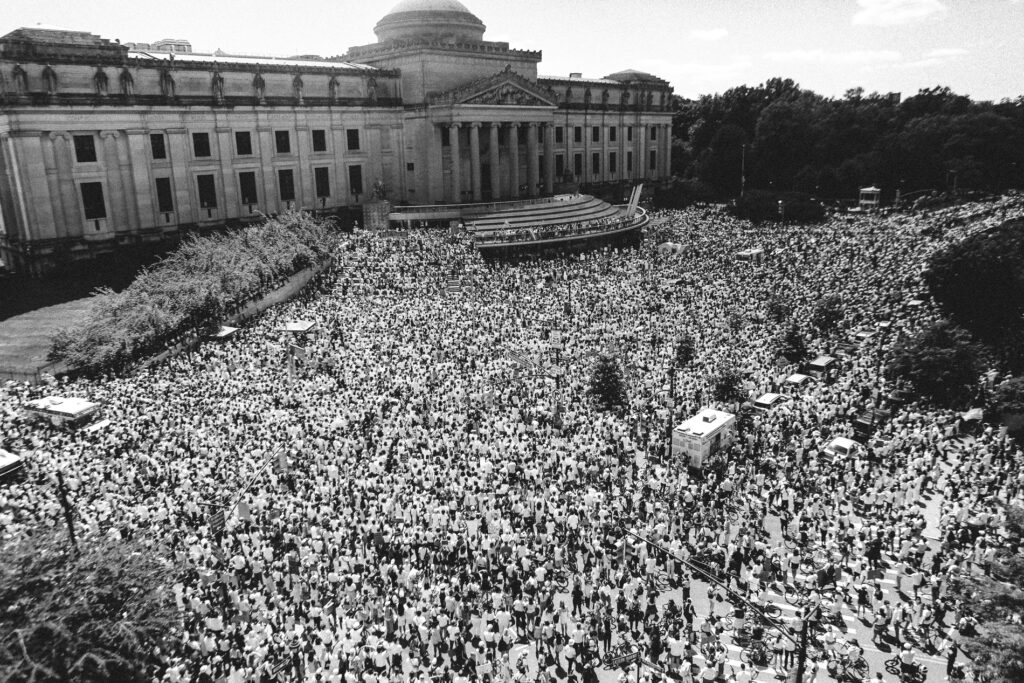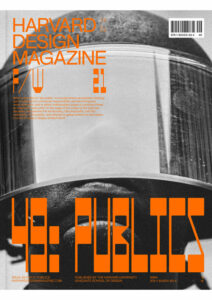Protesting in Times of Social Distance
Social distances are everywhere: between family and friends, in the way we communicate, how we share our thoughts and ideas, move in the city, inhabit our living spaces, and perceive our past, present, and future. And we simultaneously embrace and reject those social distances.1 We embrace them because they help us feel safe and define a place where we can hide secrets. But they also enhance discontent, separateness, and loneliness, weaken social bonds and, in severe cases, cause isolation. Our conflicted and multilayered feelings reflect both the social distances (segregation, polarization) and the social interactions (protests) that characterize contemporary life.
Social distances can be based on race, ethnicity, age, sex, social class, religion, and nationality. The greater the social distance between individuals or groups, the less they influence each other. Maintaining social distances is a daily practice driven by cultural norms and political institutions that advance regulations. These regulations also serve to establish hierarchies among people, and between citizens and the government. When necessary, the government guarantees distance by modifying or tightening regulations, and by ensuring that boundaries are understood and maintained. Through this ongoing process of maintaining and defining distances, social order is achieved, aggression is suppressed, and an illusion of stability is attained. In extreme conditions of social distance, individuals are easy to manage and control.
Social Distances and Moments of Consciousness
Since social distances are embedded in our life, and social power structures have been built to maintain them, people do not think about them or engage with them on a daily basis. But powerful moments and unforeseen events can shed light on the obvious and push societies to reflect on and assess social distances. George Floyd’s killing is one of those moments. On May 25, 2020, Floyd, a Black man, was arrested after allegedly passing a counterfeit $20 bill at a grocery store in the Powderhorn Park neighborhood of Minneapolis. He died after a white police officer, Derek Chauvin, pressed his knee to Floyd’s neck for 9 minutes and 29 seconds during the arrest. Floyd was handcuffed, face down in the street, while two other officers further restrained him and a fourth prevented onlookers from intervening. Floyd’s restraint and death were captured on a cellphone camera and sparked global protests opposing police officers’ use of excessive force against Black suspects and the lack of police accountability.
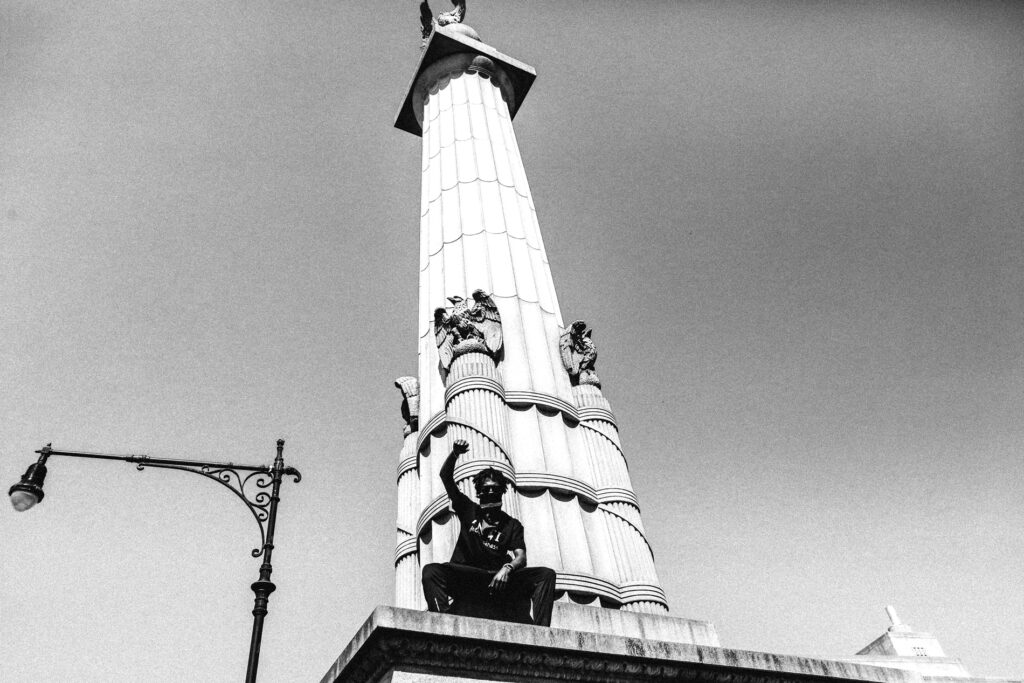
Protests themselves are moments that challenge our defined social distances. In the case of Floyd, his death was a reminder of the social distances defined by race. Moments, as defined by Henri Lefebvre, are those times when one recognizes or has a sudden insight into a situation or experience, beyond the empirical routine of some activity. Moments are within everyday life, and are the means and mediations offered to the individual for change.2 They facilitate a shift from individual consciousness to questions of social reality and reflection on social distances. In that sense, social revolution is not a political form but rather a praxis of everyday life. As Alain Badiou suggests, the political is a site open for occupation by those who call it into being, and stage “equality” irrespective of the place they occupy within the social hierarchy.3 And protests, as eventual time-spaces, are the moments from whence a new democratizing political sequence may unfold.4
Challenging social distances requires imagination, the power to act, and public spaces. Imagination is the key tool by which people consider themselves part of a larger whole and refuse to retreat to the isolation of the private sphere. To counteract discrepancies, imagination may be the only tool at people’s disposal. Action is a flexible strategy that tolerates conflicted positioning and that allows activists to make changes based on actual events on the ground. And space is a social platform that allows for creating new possibilities. This triumvirate is essential for redesigning social distances and altering the political sphere.
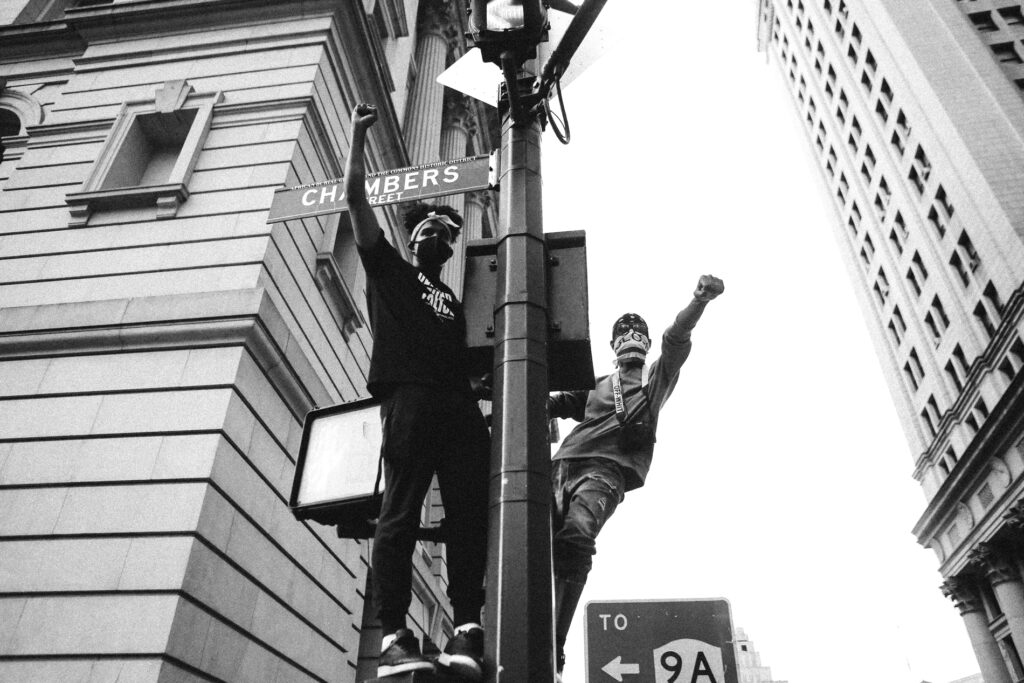
The Necessity of Public Spaces for Challenging Social Distances
A significant step in communicating protesters’ ideas is their physical presence in space; they need to be visible. In everyday life, the relationships between citizens and the state are distant and abstract, but they are concretized in physical spaces during protests. According to Hannah Arendt, protest actions are prerequisites for the creation of public spaces.5
To be sure, protests do not need special spaces. We tend to differentiate between social spaces, where a full range of social interchanges and recreation activities take place; infrastructure spaces, which support transportation and movement; and third or hybrid spaces, which are between public and private. Protest events do not follow this categorization but rather challenge it by offering new temporal interpretations for the programmed action associated with space. This interpretation and the negotiation over messages and symbols associated with space is what transforms a space into a public, political space.6 The meanings and manifestations of the political in places emerge from the significance that people assign or read into them rather than from their actual physicality. Furthermore, protests are vital in rearranging social distances through material and temporal use. Three key strategies are associated with challenging existing social distance:
Procession: The actions of a group of people going or marching along in orderly succession in a formal or ceremonial way at a festive occasion or at a demonstration. Even when carefully planned, however, processions are loosely organized in nature. The site of the procession is a mundane space, an economic space; if used, symbols during these protests are held by the participants themselves. Processions sometimes pass by institutional buildings or spaces, referring more to their secondary identities as representations of power and locations of other remembered events or spaces rather than to their primary identities, which are derived from public use.
Processions essentially make use of the most primal forms of human locomotion on land—walking or using wheelchairs, for example. The simple act of protesters moving together, with one body next to another, produces magnified rhythms of sound, creating a dynamic performance that enhances social bonding. Each body is constantly responding to the movement of other bodies that surround it. The body is the core of the procession’s composition, dictating its rhythm and density, which then influences the distance among participants. As such, the physical distance among participants is not defined a priori; it is ever-changing and often unpredictable, dictated by the pace of this dense movement. Overall, spatial choreographies associated with processions share three key attributes: (1) they focus on the body and its movement, (2) the people carry the symbols of the protest, which are closed and concrete, and (3) they are informal and dynamic events. Processions entail significant uncertainties for both organizers and regimes, since they have minimal control over the participating body(ies).
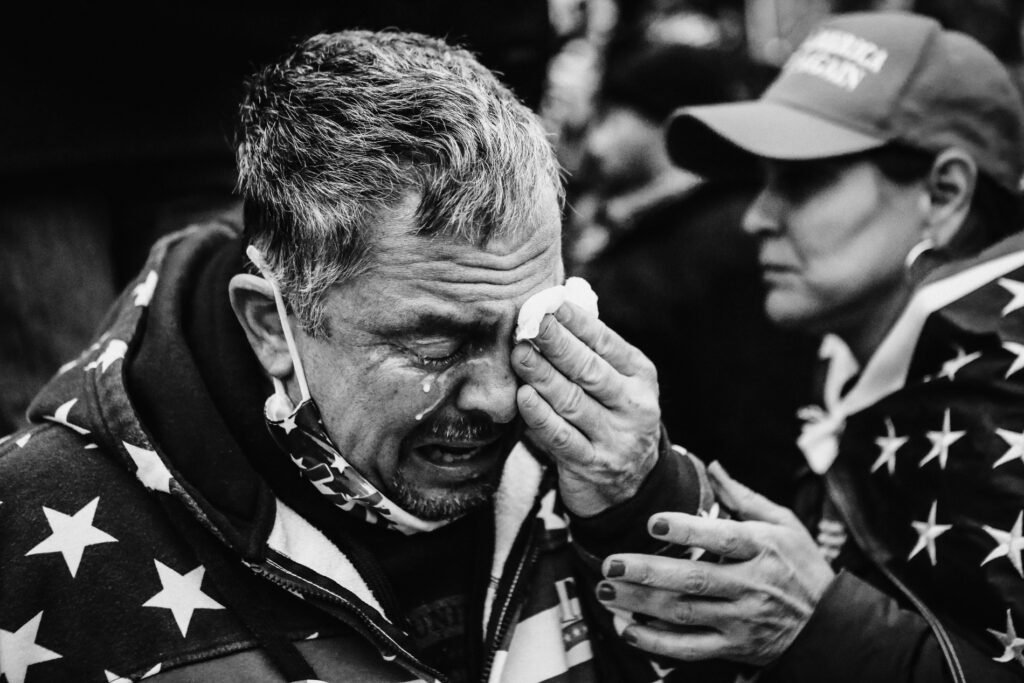
Spectacle/ritual: Although often associated with grand events, a spectacle can be a massive event with many participants or a small event with very few participants. In the context of protests, “spectacle” refers to a well-planned event, which takes advantage of the physical order and/or the architectural attributes of a particular space. It often has a focal point, perhaps a stage or a performance, that captures the crowd’s attention. In some cases, the spectacle is located in a space that is associated with symbolic attributes or with sacred sentiment; in other cases, it appears in an informal space, among the mundane.
Whether used in mass gatherings or in small group assemblies, the tactics in this category share three key attributes: (1) defined roles for participants, (2) spatial distance between the key actors and the participants or general audience, and (3) a set of agreed-upon symbols that are associated with the event. In a spectacle, the body tends to respond to predetermined choreography, and thus is respectful and obedient.
Placemaking: This involves changing a place’s physicality and meaning through the use of objects or other means over a period of time. The object is often the heart of the event—its form, spatial location, or spread has symbolic meaning. In this type of action, the body is secondary to the object, but the two are closely related. The object’s creation and survival rely on the body; pitching tents, building sheds, and erecting statues are all placemaking acts. Clearly, the spatial choreography of placemaking requires preparation and adequate infrastructure. Its rhythm is mediated by the object, with the body relating and responding to the object.
The power of this type of action lies in its ability to suggest an alternative symbolic setting in place of an existing social order. The question of control and certainty in the occupation of spaces varies, but it relates to the ways in which an action is framed in advance by its political leadership. Being so central, the object has a major influence on how the distance among participants is defined and enacted. In other words, placemaking actions focus on the erection of an object and its resilience as a means of defining a new place.
All of these strategies have been used in protests following the killing of George Floyd, but the major task is to respond to the call of protesters to reconfigure social distances. A political idea cannot find ground and grounding without localization. Without a site, a place, or a location, a political idea is impotent. Ultimately, however, protests can only ever be an event; they are pre-political.7 Indeed, as Elias Canetti has argued, during a protest, the people “who suddenly feel equal have not really become equal; nor will they feel equal forever”; instead, they “return to their separates houses, they lie down on their own beds, they keep their own possessions and their names.”8 They maintain their distance. Although activists are aware of this gloomy prospect, physical protests remain a method of political partnership and a tactic for maintaining or changing places.
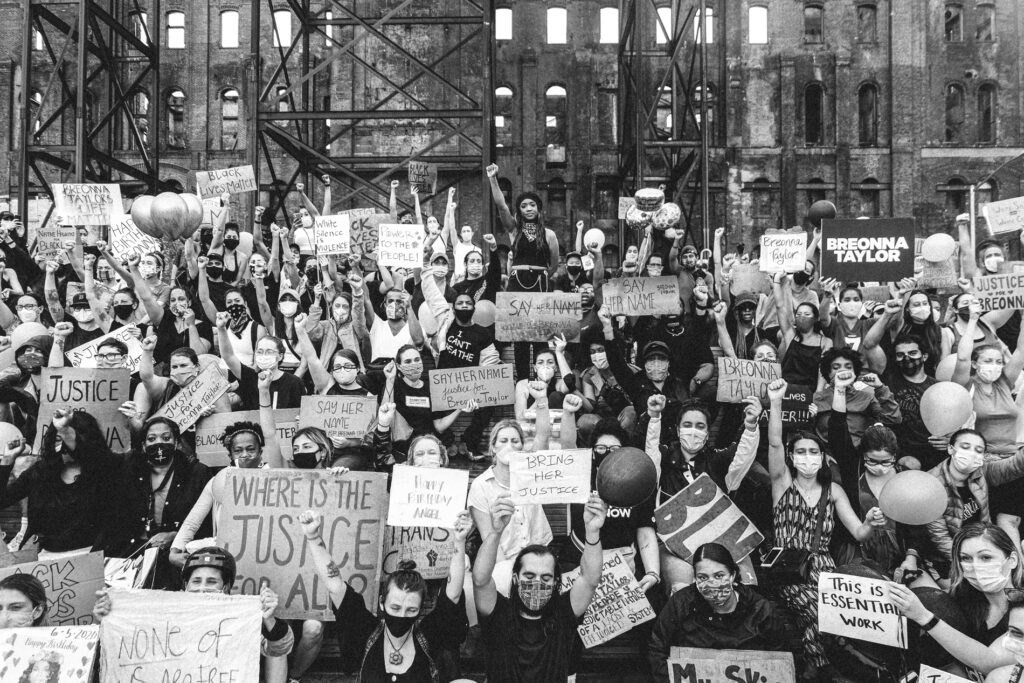
Democracy and the Reconfiguration of Social Distances
Both in representative democracies and in other types of regimes, protesting is all about disobeying the accepted ideas or practices of those in power. Chantal Mouffe explains that this dialogue is important to democracy: “We need a conflictual consensus for democracy to exist. There needs to be some form of consensus but the consensus is on what I call ‘the ethical-political principles,’ the values that we are going to accept in order to organize our coexistence: liberty and equality for all. But those values are going to be interpreted differently according to different perspectives.” According to these ideas, democracy should attempt to create practices and institutions that allow conflict to emerge and take an agonistic form, “a form of adversarial confrontation instead of antagonism between enemies.”9
Indeed, the threat of violence can never be eliminated from protests. We need to study when and why violence erupts, but also how the potential for violence is policed, encapsulated in law, and sublimated by design. According to Don Mitchell, the key dilemma is how order can be maintained when public spaces are used for acts of dissent and how speech rights—which are deemed necessary for the production of truth—can be protected through the imposition of order.10 The solution in democratic regimes is establishing agreed-upon spatial distances while allowing the freedom of speech. This approach shifts the control over speech itself to the space in which the speech occurs.
In all democracies, planners and architects demarcate distances by defining the geometry of space. Conservative democratic regimes tend to frame the built environment by limiting the use of space, enhancing social distances. Progressive democratic regimes will allow events that offer open interpretation of spaces and negotiation over social distances. In the words of Doreen Massey, “Any politics which acknowledge the openness of the future (otherwise, there could be no realm of political) entails a radically open time-space, a space which is always being made.”11 This openness is made possible by and through the imagination of space.
The wave of protests in the 21st century, an age of active civic participation, is far from over. Protests are a message to policymakers, whose power is given to them by citizens. We are at the beginning of civil-sovereign negotiations over social distances everywhere.
